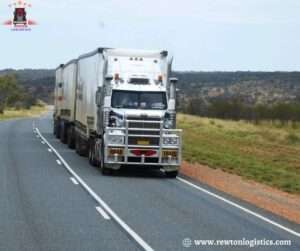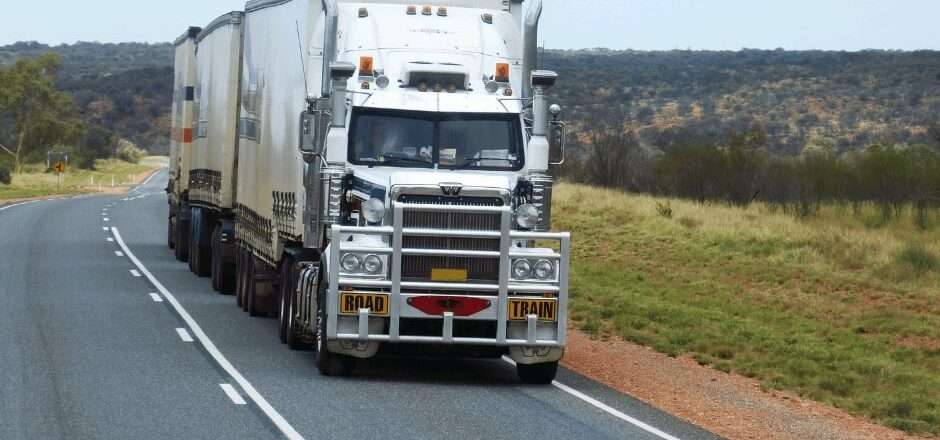B.C. Plans to Command Speed Limiters on Trucks
English Columbia is wanting to command speed limiters on trucks , in a bid to diminish speed-related accidents and ozone-depleting substances.
Loot Fleming, B.C. pastor of transportation and framework, postponed Bill 23, which proposes related changes to the Engine Vehicles Act, last week.
“This regulation expects drivers to utilize proper consideration around people on foot and cyclists, upholds requirement of guidelines, and sets serious areas of strength for testing and assessing new innovation and strategies as we shift to a net-no future in B.C.,” Fleming said in a public statement.
The B.C. Shipping Affiliation (BCTA) cheered the move.

BCTA Support
“The BCTA is satisfied to see the territory make a move today to address security worries while giving more pathways to embracing propelling transportation advancements,” Dave Earle, BCTA president, and Chief, said in a proclamation.
“We’ve upheld for speed limiters on trucks on the grounds that the information shows they emphatically diminish the quantity of to blame speed-related mishaps. Moreover, speed limiters on trucks assist with greening our area by checking fuel utilization and emanations produced by trucks going at high rates. These corrections will help the shipping business and English Columbians in general.”
Ontario and Quebec are the main two different regions that command the utilization of speed limiters on trucks.
Ontario made them compulsory in June 2008, covering speeds at 105 km/h. Violators, there can be fined at least $250 and not more than $20,000. Quebec went with the same pattern in 2009 to keep vehicles from surpassing 105 km/h. Its wrongdoers could confront a fine of $350 to $1,050.
Greatest speed
The most extreme speed limit in B.C. is supposed to be 105 km/h, yet that has not yet been affirmed. There is no word on fines or punishments that will be forced. These progressions are important for B.C. Perfect Transportation Activity Intend to be delivered not long from now. It can affect truck drivers.
Cutting outflows
The alterations address extra advances the area is taking to meet CleanBC. Guide to 2030 outflows decrease targets, and diminishing ozone harming substance (GHG) emanations in transportation by 27% to 32%. The bill likewise proposes revisions to establish a more secure climate for weak street clients. Like cyclists and walkers, and supports the shift to expanded dynamic transportation.

